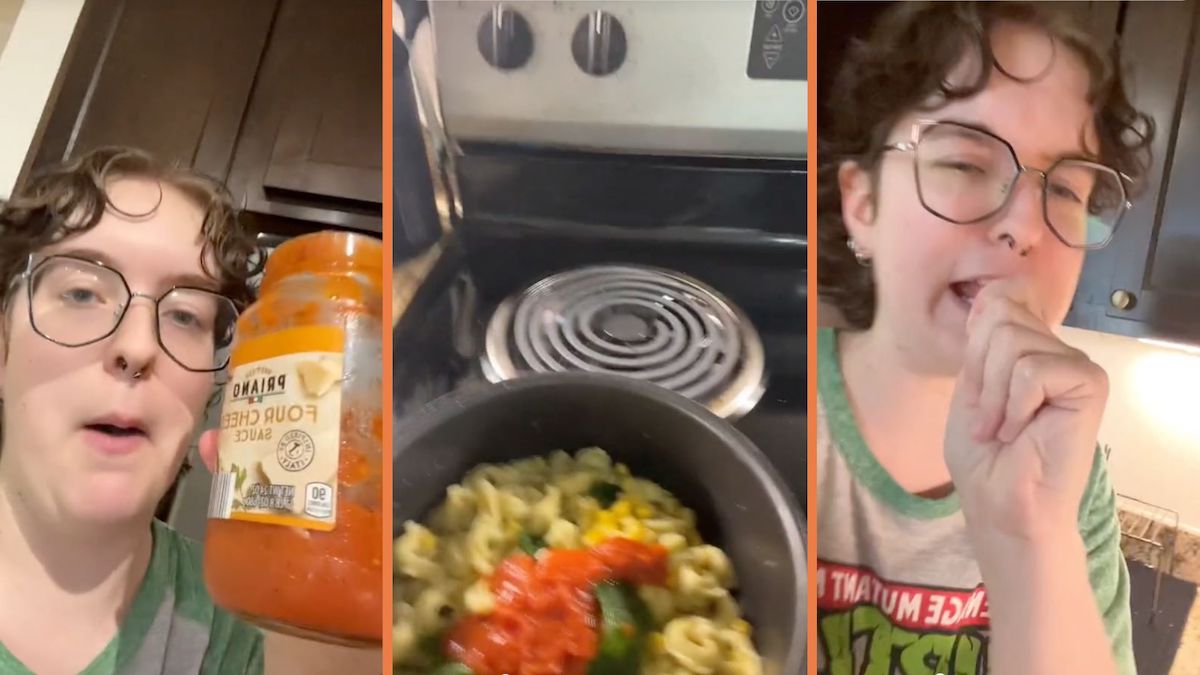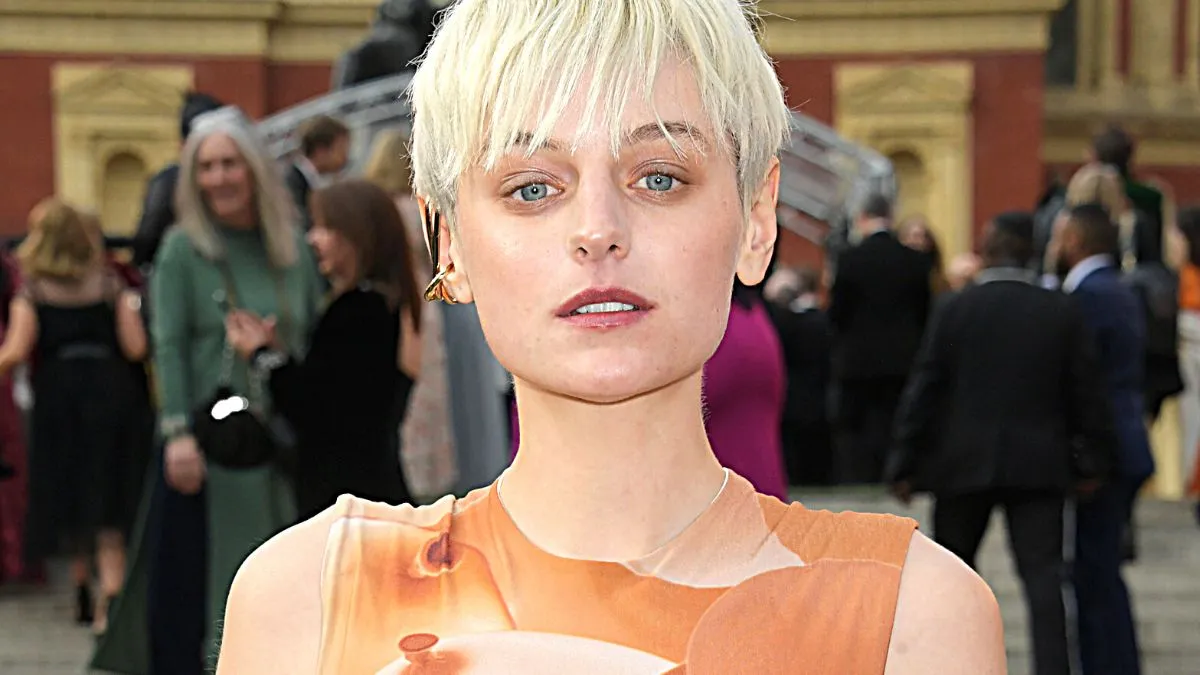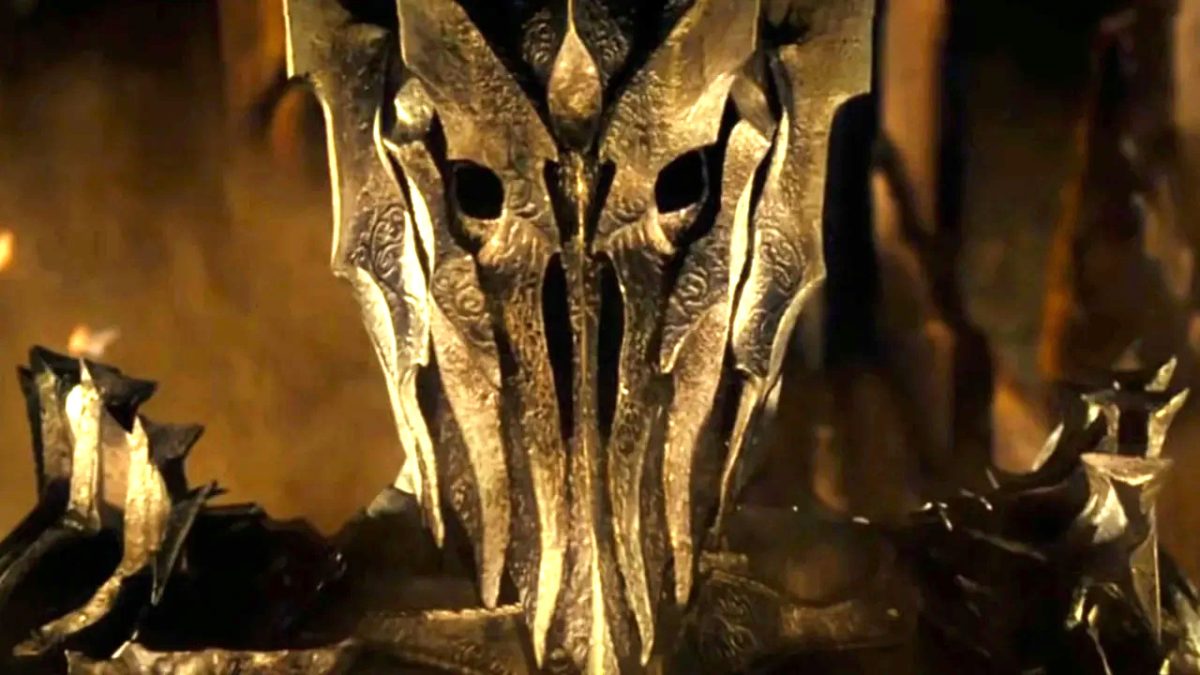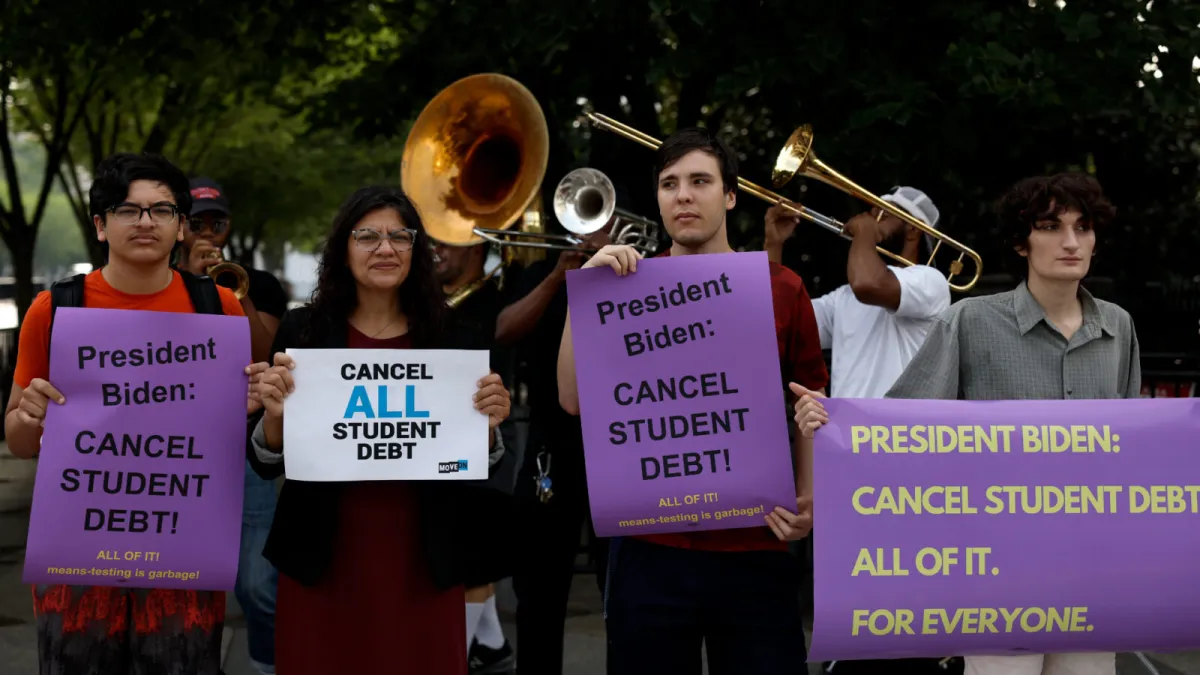
The symbol Bruce chooses, of course, is Batman, a masked vigilante who takes the law into his own hands. Bruce’s reasons for crafting this particular persona are highly internal; through Batman, he aims to empower himself by symbolically mastering his own fear.
Yet in a broader context, Batman is a social symbol as well, a distillation of everything a broken culture built on apathy and depravity has wrought. A pure, unstoppable force of rage, passion, and power, Batman is the darkness of Gotham personified for the goal of doing good. It may seem paradoxical, but Batman is born out of anger, the fury of a world gone wrong, a wrath that can no longer be quelled. Every moment in Gotham’s troubled history led to Bruce’s transformation; a breaking point would inevitably be reached, and Batman embodies a great explosion of pent-up frustration.
The might of this fury fuels Batman’s literal and symbolic power. As Batman, Bruce tears through Gotham’s underworld thanks not only to his physical training and intelligence, but also to his deep-seated rage over Gotham’s decline. Likewise, the people of Gotham slowly but surely latch onto Batman as a symbol of hope because he embodies the frustration each of them feels. If Batman came from the heavens, an angelic Knight in shining armor, he would inspire little out of these people, for they would have nothing to relate to in such a figure. But Batman rises from the world in which they live, a dim and dangerous world where darkness prevails, and through intensely palpable emotions, he turns that world on its head. As a Dark Knight, a symbolic warrior, he can inspire hope, and through hope, he can dissipate the pervasive veil of apathy.
This is the symbolic nature of Batman, and thus far, each of Nolan’s films is built around testing the strength of that symbol. Batman Begins is at heart an introduction to the idea of symbols as agents of change. The film pits Bruce and his alter ego against Ra’s al Ghul and the League of Shadows; both entities have seemingly similar goals – the ever-elusive ‘justice’ – but their differing methods are predicated on highly contradictory worldviews.

The League of Shadows concludes that there is no way to address Gotham’s issues but to destroy the city and let society start over; if the problems present themselves again, the cycle will be repeated. What they call a ‘solution,’ of course, is anything but, for it makes no attempt to confront the deeper issues at play. Destroying Gotham will only perpetuate a longstanding cycle of crippling hopelessness and fear, troubles the society that eventually follows will never be able to overcome.
Bruce Wayne, on the other hand, argues that with the proper symbol, Gotham can be inspired to better itself, and that meaningful, lasting change can be affected. Bruce proves Batman is powerful enough to stop the League’s plot, but this is not definitive evidence of his symbol’s strength. At the end of the film, Gotham is still in shambles, and if things have gotten any better, it’s only a starting point.
But the status quo presented at the start of The Dark Knight seems to vindicate Bruce’s theory; Gotham is a cleaner place, the legal system has much more of an impact, and crime is far less rampant. It is not a perfect city by any stretch of the imagination, but things have gotten better, and it’s not just Batman’s doing. Others have rallied behind the same cause; Lieutenant Gordon, Mayor Garcia, and D.A. Harvey Dent are each emboldened by Batman’s presence. For the time being, Bruce’s theory about the power of symbols seems to be coming true.
The Joker’s arrival and subsequent reign of terror, however, disrupts the natural progression. In Nolan and the late Heath Ledger’s interpretation, the Joker is a nameless, maniacal force of nature with no past; he comes out of nowhere, born from the same madness that spawned Batman and evolved far past the point of moral boundaries. At the end of Batman Begins, Gordon speaks of escalation, the theory that one force’s actions will inevitably prompt the opposing force to become deadlier. The Joker is the end result of escalation; for all the good Batman has achieved, the creation of the Joker is also his doing, for extreme measures in a chaotic world will only be met with actions of greater intensity.
The brilliance behind the Joker is that, for all his talk of anarchy and chaos, he is acutely aware of the role he plays. He too is a symbol, just like Batman, and like his foe, he’s gone to great lengths to embody that symbol. He’s cut his mouth, painted his face, dyed his hair, and let go of all worldly bonds. He has gone further with his identity than Batman ever could, freed himself of all rules, boundaries, or limits that could get in his way.
The Joker does this to prove a point. He wants to demonstrate that symbols can be destroyed, and his target is Batman. He knows the effect Batman has had on the city, and through an unbridled terror spree, he aims to prove that even ethereal symbols have their limits.
Continue reading on the next page…






